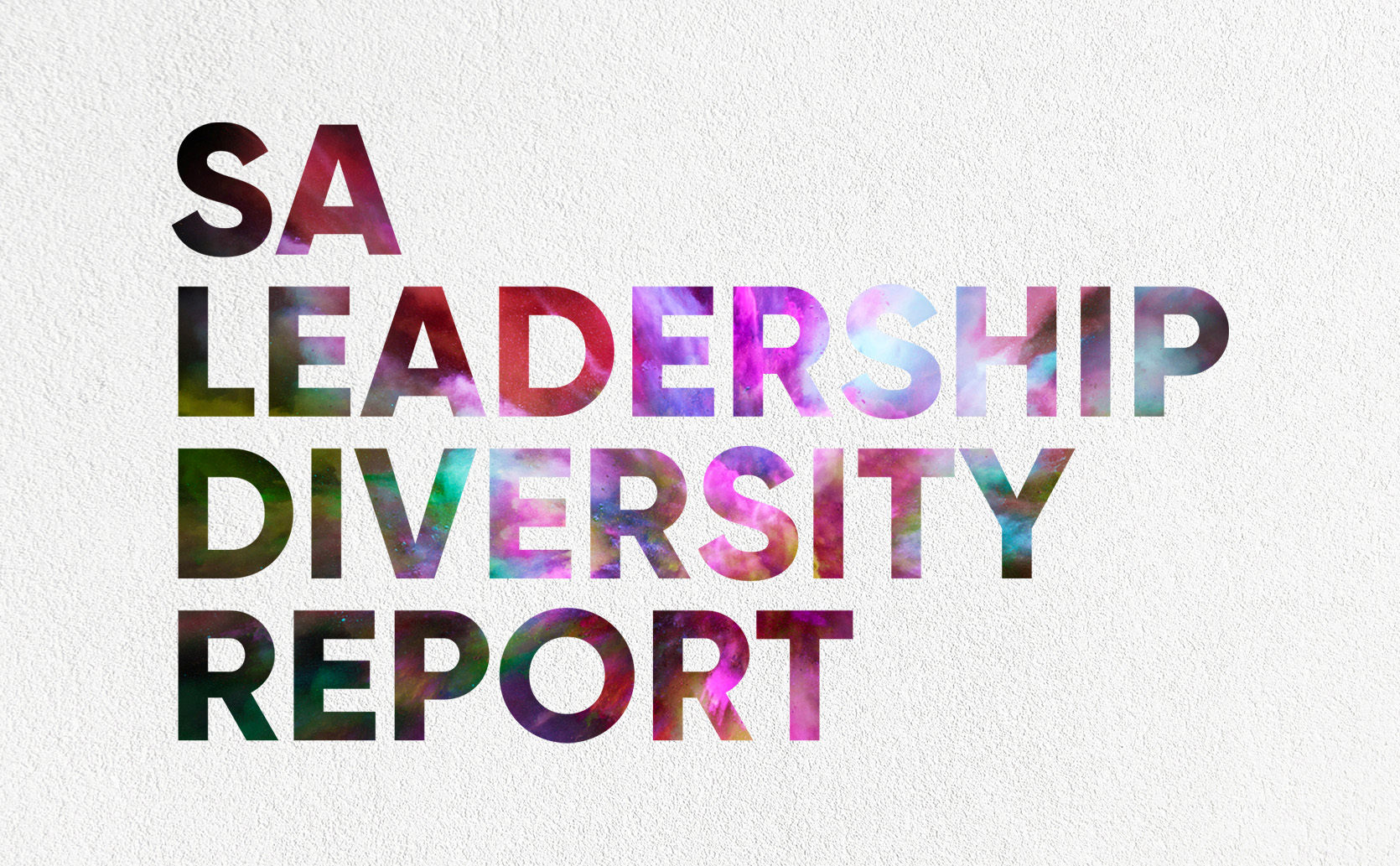South Africa is ahead of the curve when it comes to leadership inclusion and diversity. Women hold 29% of board seats in South Africa’s top 100 listed organisations, versus an average of 20% on major G20 exchanges. Likewise, 16% of executive positions in South Africa are held by black individuals – well above other countries. However, considering 79% of the country’s population is black, there are still significant strides to be made.
With this in mind, we conducted an I&D survey alongside the Institute of Directors in South Africa (IoDSA), to assess executive teams and boards in the country. The SA Leadership Diversity Report gives a picture of the current state of play and provides insights into how organisations can improve I&D across their leadership.
Below, we outline the learnings from the report and explain how the most diverse organisations have achieved strong leadership I&D.
What are the common traits of diverse organisations?
Diversity begets diversity, and our findings demonstrate a link between diversity at the top and at every other level of an organisation. We know diverse organisations are more likely to seek diverse hires at leadership and board level. They also share other common traits:
- They are twice as likely to partner with an I&D membership organisation in the recruitment process for board and leadership positions, than non-diverse organisations.
- They are more likely to set targets for I&D for both the board and leadership teams, than non-diverse organisations.
- They have anti-bias recruitment measures in place.
- They recognise there is room for improvement when it comes to I&D. 20% of respondents from diverse organisations say there is some, but not enough diversity in their organisation’s leadership team. For non-diverse organisations, this rises to over 50%.
Is there a desire to improve organisational I&D?
While there is a clear difference between diverse and non-diverse organisations, there is a desire within most organisations to drive a stronger I&D agenda at board and leadership level. For example, we found:
- 75% of board respondents report having meetings to discuss I&D. A third told us these meetings took place more than five times a year.
- 83% of all those surveyed said their company’s boards are well-represented. But a quarter recognised there are still too few members from underrepresented groups.
- Over 70% of all respondents were willing to broaden the requisite background experience for board positions to attract more diverse candidates. This is a highly effective step in finding diverse board talent.
How to drive greater I&D across your organisation’s leadership
Like their common traits, we found there are a number of measures all diverse organisations take to improve leadership I&D. Based on our findings, we recommend the following five steps:
- Conduct an in-depth measurement of your organisation’s statistics – and broader disclosures in the marketplace – to benchmark your current diversity ratio at board and leadership team level. Ensure all stakeholders understand what diversity means and how this translates into practical targets at every level of the organisation. Critically, make sure your board and executives are aligned around your organisation’s I&D values and goals.
- Broaden your requirements for board-level candidates. Widening search avenues for potential candidates will open a pool of candidates which may not have been accessed before. This could involve working with executive search firms that are connected to I&D membership organisations or advertising via member organisations like the IoDSA.
- Assemble a committee responsible for I&D and/or appoint an executive responsible for
such oversight. Such a committee or applicable executive should be responsible for ensuring I&D is part of discussions, decisions, kept on the agenda, and targets are met. - Introduce anti-bias measures into your hiring practices. This includes partnering with an appropriately qualified executive search firm, introducing unconscious bias awareness training in the workplace, encouraging team members to speak up about biases, and employing regular 360-degree feedback assessment and pulse surveys.
- Entrench inclusivity into your organisation’s culture. All employees need to be aware of an organisation’s I&D efforts, and the reasons for these. Awareness of and commitment to I&D should be communicated at every level and ingrained in business practices, with impact measured on a regular basis. If this doesn’t happen, then even if you appoint diverse talent, they’re highly unlikely to stay for long.
Odgers Berndtson has a proven track record of providing I&D-optimal long and short lists, which positions organisations to appoint diverse leadership candidates. If you’d like to talk to us about building a more diverse team, we’d love to hear from you. Reach out to us, Chania Stempowski: chania.stempowski@odgersberndtson.co.za, Lauren van Halderen: lauren.vanhalderen@odgersberndtson.co.za.
To discuss I&D in your own organisation, please do get in touch with us here or your local Odgers Berndtson contact.
Stay up to date: Sign up here for our newsletter OBSERVE, and receive the latest news in leadership and top talent, industry insights, and events directly to your inbox.



